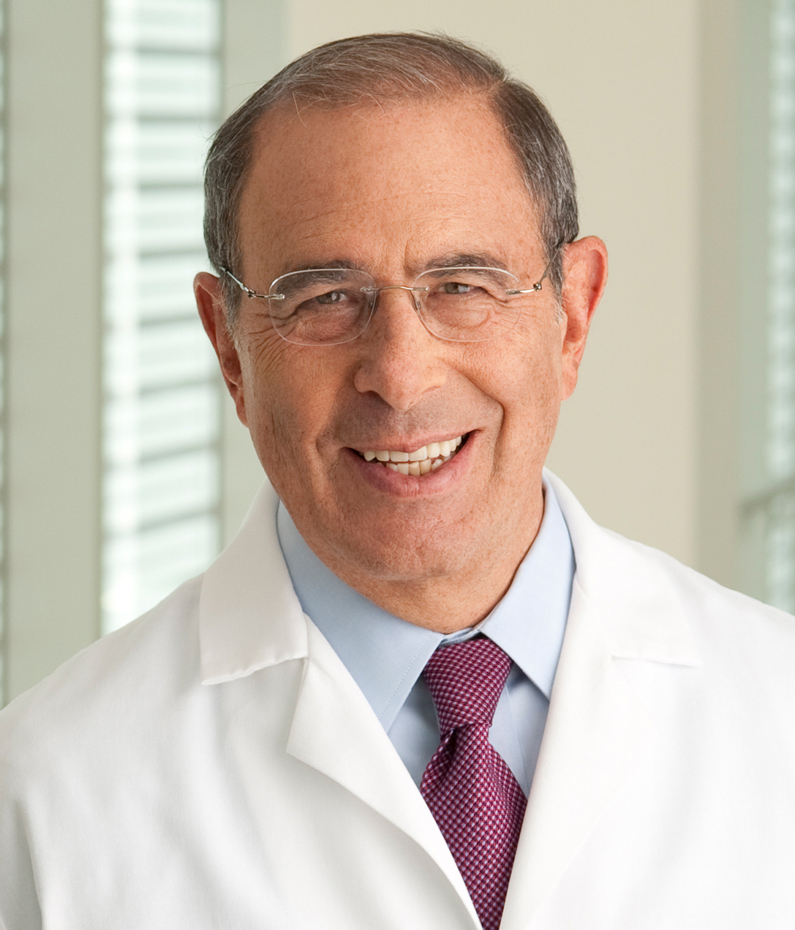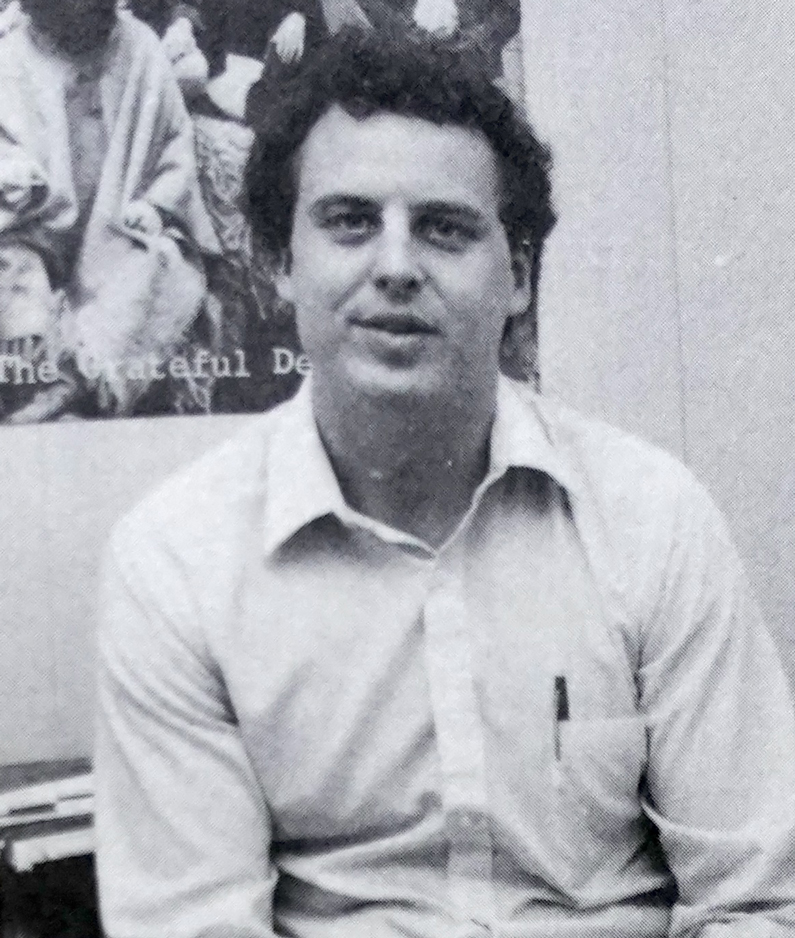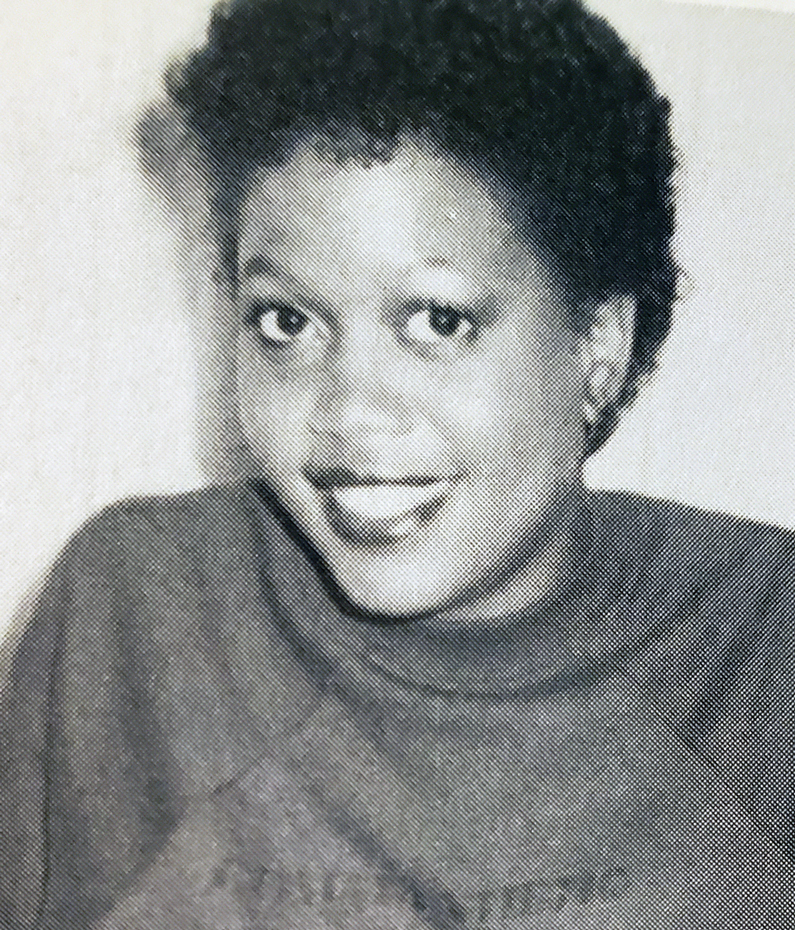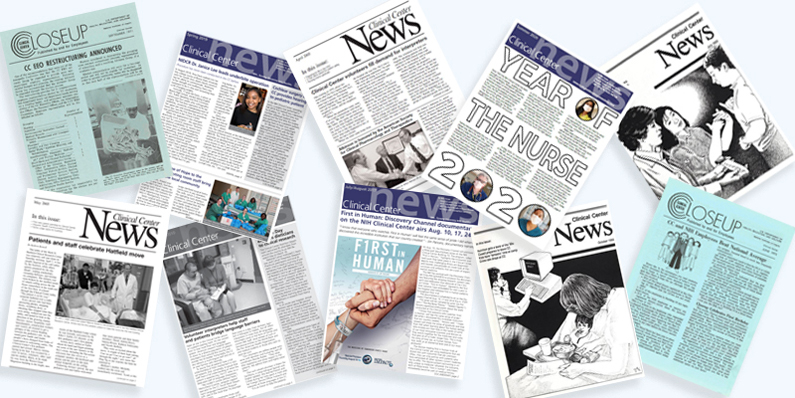Content on this webpage is provided for historical information about the NIH Clinical Center. Content is not updated after the listed publication date and may include information about programs or activities that have since been discontinued.
First issue hit the stands in June 1971
The NIH Clinical Center celebrated the 50th anniversary of Clinical Center News, first published in June 1971 as Closeup. Closeup was described by Dr. Thomas Chalmers, director of the Clinical Center from 1970 to 1973, as a "newsletter for and about the hospital - its people, its programs, its policies, its heritage and its hopes for the future, its contributions to the progress of medical research."
Closeup changed its name to the CC News in 1987 and covered stories ranging from the importance of hand hygiene and infection control to lectures by Nobel laureates and other prominent researchers to the construction of new buildings and parking issues. CC News also featured special staff updates, celebrations and VIP visits.
Stories covered by the CC News ranged from the importance of hand hygiene and infection control to lectures by Nobel laureates and other prominent researchers to the construction of new buildings, parking issues, as well as special staff updates, celebrations and VIP visits.
But the highlights of the issues have always been the stories about the people: the patients, staff and visitors who presence has made the Clinical Center a special place. The front pages for the past 50 years highlighted the important role our patients and healthy volunteers have played in research and the critical role our staff and researchers have in caring for them while making discoveries and searching for cures.
CC News contacted Dr. John I. Gallin, former Director of the NIH Clinical Center, Molly Freimuth, CC News editor from 2013-2020, Rich McManus who recently retired from a long career as NIH Record editor and Carla Garnett, NIH Record's new acting editor, for their reflections.

During your time as CC Director you were supportive and a champion of the CC News. Can you take a moment to share your thoughts on the role the CC News played back then and its importance?
Dr. John I. Gallin: The CC News is something I have looked forward to reading each month. It has always informed the community about the "goings on around town." Patients have always heard about the research and researchers have always heard about the patients. Everyone hears about the social activities ranging from special talks, to awards, to events such as the annual Gingerbread contest. The CC News has always reminded everyone about the humanistic side of our mission while also highlighting the extraordinary clinical research breakthroughs that have occurred in the facility to improve the quality of health care in the U.S. and the world.
When the CC received the Lasker Award, the CC News produced a special issue dedicated to the Lasker award. Are there any highlights you remember?
Gallin: The CC News coverage of the Lasker-Bloomberg Award (in 2011) was special for it captured the spirit of this high honor recognizing the contributions of the many people responsible for the incredible accomplishments at the CC since its opening in 1953. The CC is a hallowed ground where patients, often in their scariest period of their lives, made these advances happen. The CC News Lasker Award issue captured all this, telling the story of the roles of the patients, clinician scientists and care providers. Over the years CC News captured all the major events of the CC. Special editions that captured my affection included all the stories about the ground breaking, design, build and activation of the Mark O. Hatfield Clinical Center and patient Susan Butler coining the phrase the "House of Hope" during ribbon cutting of the Hatfield building. I also loved the recent edition saluting Harvey Alter for winning the Noble Prize. The CC News is part of the fabric that makes this institution so special.

When you came to NIH as editor of CC News in late 2013, what changes did you make and what kind of stories did you aim to tell?
Molly Freimuth: I found that we were telling the same events and lectures in a very molded format – that needed breaking. While annual events are important, there are always angles that can be taken to intrigue a reader.
Is there a story (stories) that stands out that you wrote for CC News?
Freimuth: The stories that mean the most to me are patient stories (some of which I wrote, some of which were written by our amazing staff). If you put a smile behind the science, people will remember and people will then go on to share that story. Here are some of my favorites:
Patient with rare disease receives surprise visit from bone marrow donor
NIDCR Dr. Janice Lee leads underbite operation
Patient perseveres in battle with Chronic Granulomatous Disease
A decade without disease for stem cell transplant survivor
Patient with rare spinal cord cancer bounces back
The personal side of experimental gene therapy
I also think the firsts are really fun and special. There are not many times in life you get to walk out of the office and think wow, in this building, we took a step (whether it be a baby one or a giant leap) to advance medicine. And I'm getting to help communicate that.
What advice do you have for future editors of the CC News?
Freimuth: Think outside the box (while keeping stories in the building). Be inquisitive about what would raise eyebrows, make people say 'wow', feel proud to work in Building 10 and/or receive care. Find the golden nuggets of science that are amazing even if they're hard to understand at first and the people stories that are the heartbeat of the hospital. Be in tune with who to talk to and take every opportunity to ask questions of the charge nurses, those around you in the hall and people in the lunch line.

When you came to NIH as editor of Closeup in late 1983, what editorial changes did you make and what stories did you tell?
Rich McManus: I had the support of the Clinical Center's Director Dr. John Decker and his deputy, Dr. Saul Rosen. One big change was getting Medical Arts, under Linda Brown's direction, to redesign Closeup. They did a great job, and I ended up writing one of my most enjoyable stories about her and her team of artists. Other memorable stories included a feature on the Nuclear Medicine Department and its new cyclotrons which allowed researchers to study Alzheimer's disease and schizophrenia. I remember going to the hospital's rooftop to take photos of the cyclotrons being lowered into their underground basement enclosures.
Was there one particular Closeup story that stands out for you?
McManus: One of my first features was a profile of Dr. Harvey Klein, who had just been named chief of the Clinical Center Blood Bank that was renamed the Department of Transfusion Medicine in 1984. He gave me a great story and we developed a friendship that lasted decades - I wrote his retirement story a year ago when he finally ended his long NIH career.
What was the newsletter production technology like back in 1983 as compared to today's technology?
McManus: It was like night and day. It was primitive back then. We got galley sheets (proofs used for layout and proofreading backed with wax from the printer), and cut out the stories with razors and glued them by hand on a template grid. It was time-consuming and tedious. Electronic desktop publishing was the single greatest technological advance of my career. We adopted PageMaker (now known as InDesign) at the NIH Record around 1990 or so and never looked back.
How did your time as editor of Closeup lay the foundation for your career at the NIH Record?
McManus: One of the things I liked about being Closeup editor was that, if you had a story you were proud of, you could carry it over to the NIH Record, which would use it for a larger audience. Back then, there was an NIH Record correspondent from every bureau, institute and division at NIH - their names were printed on the masthead of every issue. I became the NIH Record's CC correspondent. I had a good relationship with my predecessor as the Record's editor, Herschel Cribb, and he ran lots of my stories. I have no doubt that gave me an edge in succeeding him when he retired in 1987.

You remained at Closeup until 1988 when you began your career at the NIH Record. What was the new technology in the late-1980s?
Carla Garnett: After Rich went to the NIH Record, Diane Price, the new Closeup editor renamed the newsletter to CC News with the first issue published in December 1987 as a magazine style newsletter. It was also the beginning of desktop publishing on the Mac computer and it was an exciting time to design the layout for CC News using a computer.
Was there one particular Closeup story that stands out?
Garnett: I remember I always enjoyed writing the "people stories" - whether it was about an investigator on a mission, or a patient in search of a cure. That's still true today.
Be a part of making history at the Clinical Center! Submit a story idea, photo or full article to donovan.kuehn@nih.gov.
- Mickey Hanlon and Maria Maslennikov


